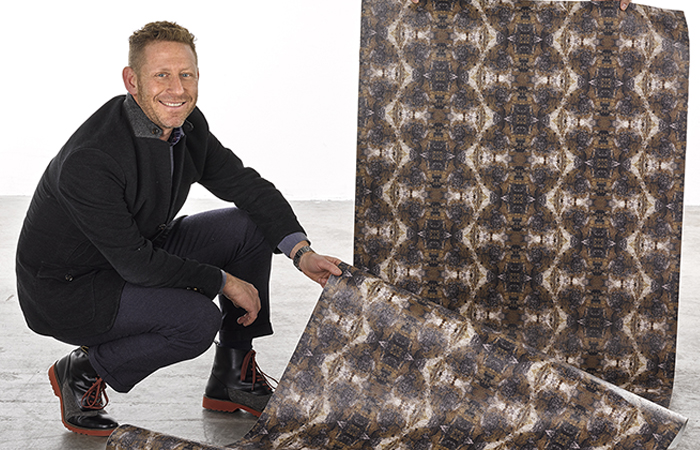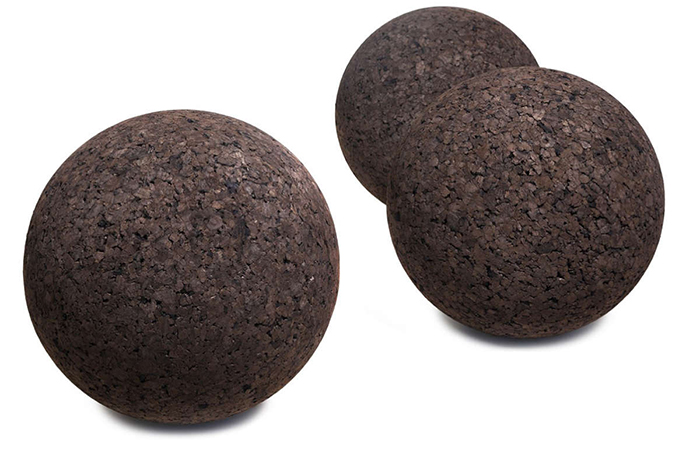All about Cork
As you may well be aware of by now, one of August’s themes has been Cork. The product – not the place. To celebrate this theme, we have featured Designer Michael Freedman speak about Cork usage in wallcoverings – the first ever cork wallcoverings that have been digitally printed on!
Source: CorkQC
About Cork
Cork is found predominantly in South-Western Europe and into North-Western Africa: Portugal, Spain, France, Italy, Algeria, Morocco and Tunisia. It is found within forest mosaics alongside other tree species. Cork is an impermeable buoyant material, harvested from the Quercus Suber – meaning “Cork Oak”, usefully. It grows to a height of 65 feet, and is unique in the fact that it can regenerate the bark that is harvested from the tree – the tree can be stripped of cork once every 9 to 12 years without causing damage to the tree, once they have reached the ripe old age of 25. That means that the cork oak can be harvested over 16 times – that’s right, mathematicians/designers/readers, that means the Quercus Suber lives up to 200 years old. (Source: https://www.rainforest-alliance.org/species/cork-oak)
Just to show how old cork trees are, cork bottle stoppers have been found even in Egyptian tombs, dating thousands of years ago. Cork doesn’t just have to be used to preserve alcohol – Romans used cork for lifejackets whilst The Greeks used it for fishing net floats and sandals (and… yes… bottle stoppers). For hundreds of years, Mediterranean cottages used cork roofs and floors to keep out summer heat and winter cold – quite a nice walking surface, too. Young trees produce 35lbs of cork, whilst the older trees can reach up to 500lbs – a lot of cork stoppers. And shoes and furniture. (source: http://www.madehow.com/Volume-5/Cork.html)
Credit: Michael Freedman from Innovations Inc.
What’s this got to do with me?
As a designer you may be asking yourself – why am I reading this? What has this got to do with me? Well, Cork is extremely sustainable, renewable and most importantly environmentally friendly (see our previous month’s theme about plastic and the damages caused). Manufacturers have started to use cork in inspiring ways: BCFA member The Modern Garden Company have been busy creating O stools from cork and beautiful cork chairs and loungers that are suitable for terraces and breakout spaces!
Process
This is the interesting process of creating cork, which you can read more about here:
- The harvester slices through the cork horizontally on the trunk and sometimes the lower branches.
- The planks are stacked outdoors to cure for a few weeks to six months, which improves the quality. The planks become flattened, due to a loss of 20% of their original moisture
- The planks are then treated with heat and water to remove dirt and tannin, deeming it softer and more flexible. Heavy weights are placed on top of the cork to keep it submerged for 30-75 minutes.
- Once removed from the submerged vat, a hoe-shaped knife scraped off the poor-quality outer layer – 2% of the volume but 20% of the weight. These planks are then stacked in a dark cellar and allowed to dry and cure in controlled humidity for a few more weeks.
- Cork is then trimmed to a uniform, rectangular shape and sorted by quality – the finest created natural cork products (like wine bottle stoppers…), whilst the poorer is ground and used to make composition or agglomerated cork
 If you would like to know more in regards to statistics of cork, why not explore Cork Quality Council’s page? For example, the value of cork building materials is 228 million euros, whilst raw materials is 9 million euros – a lot of money!
If you would like to know more in regards to statistics of cork, why not explore Cork Quality Council’s page? For example, the value of cork building materials is 228 million euros, whilst raw materials is 9 million euros – a lot of money!








